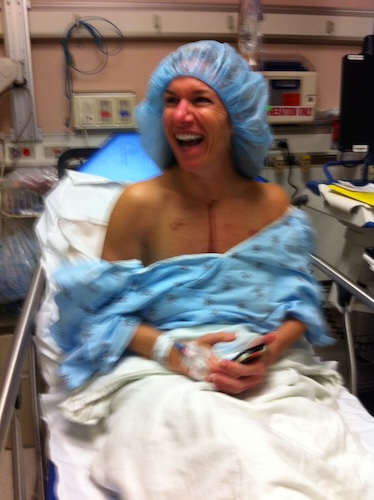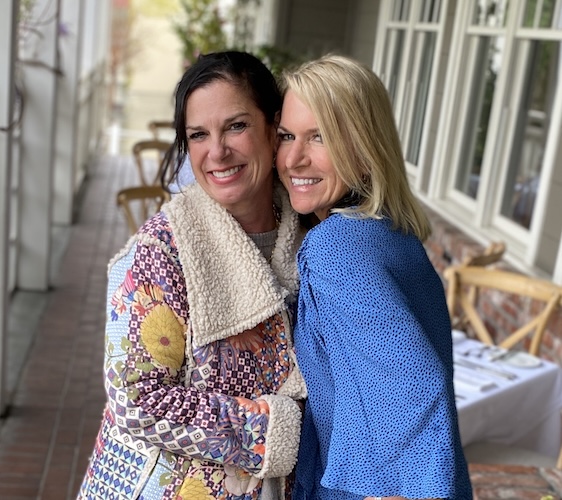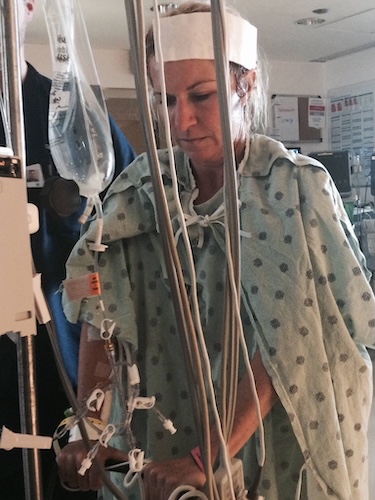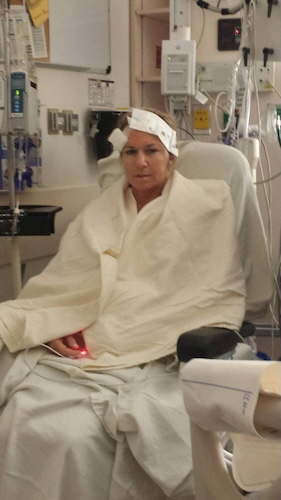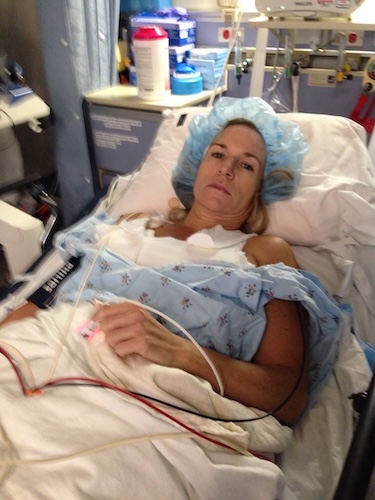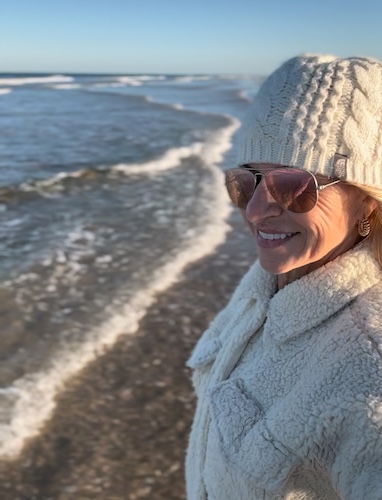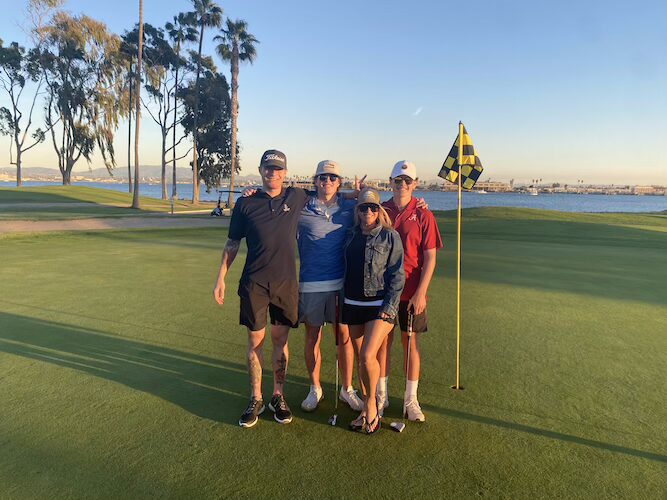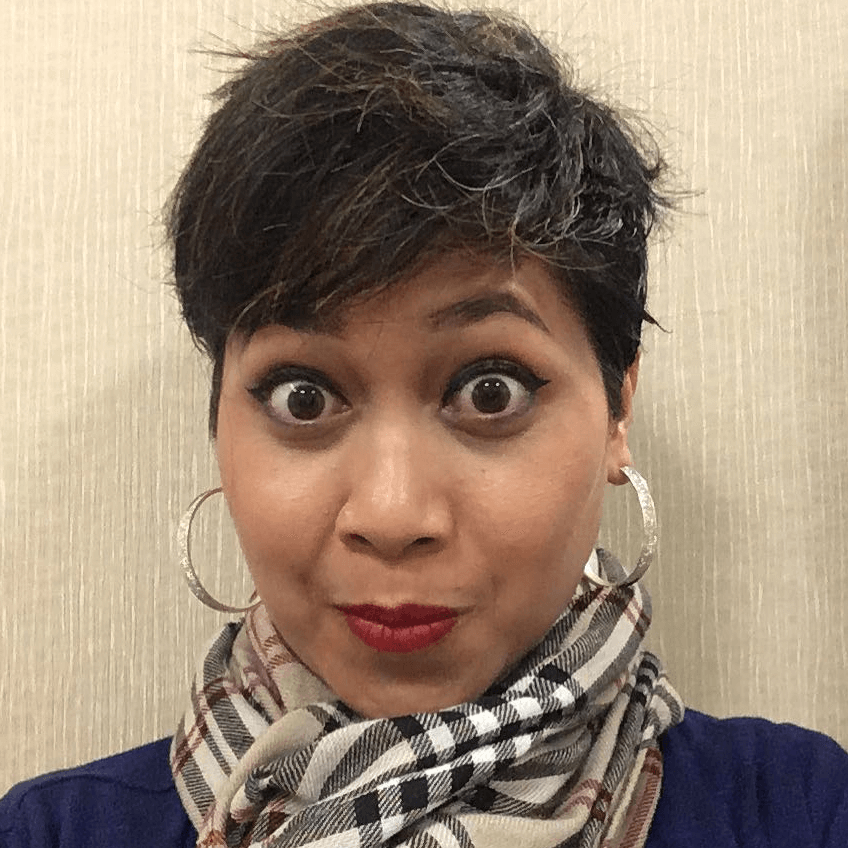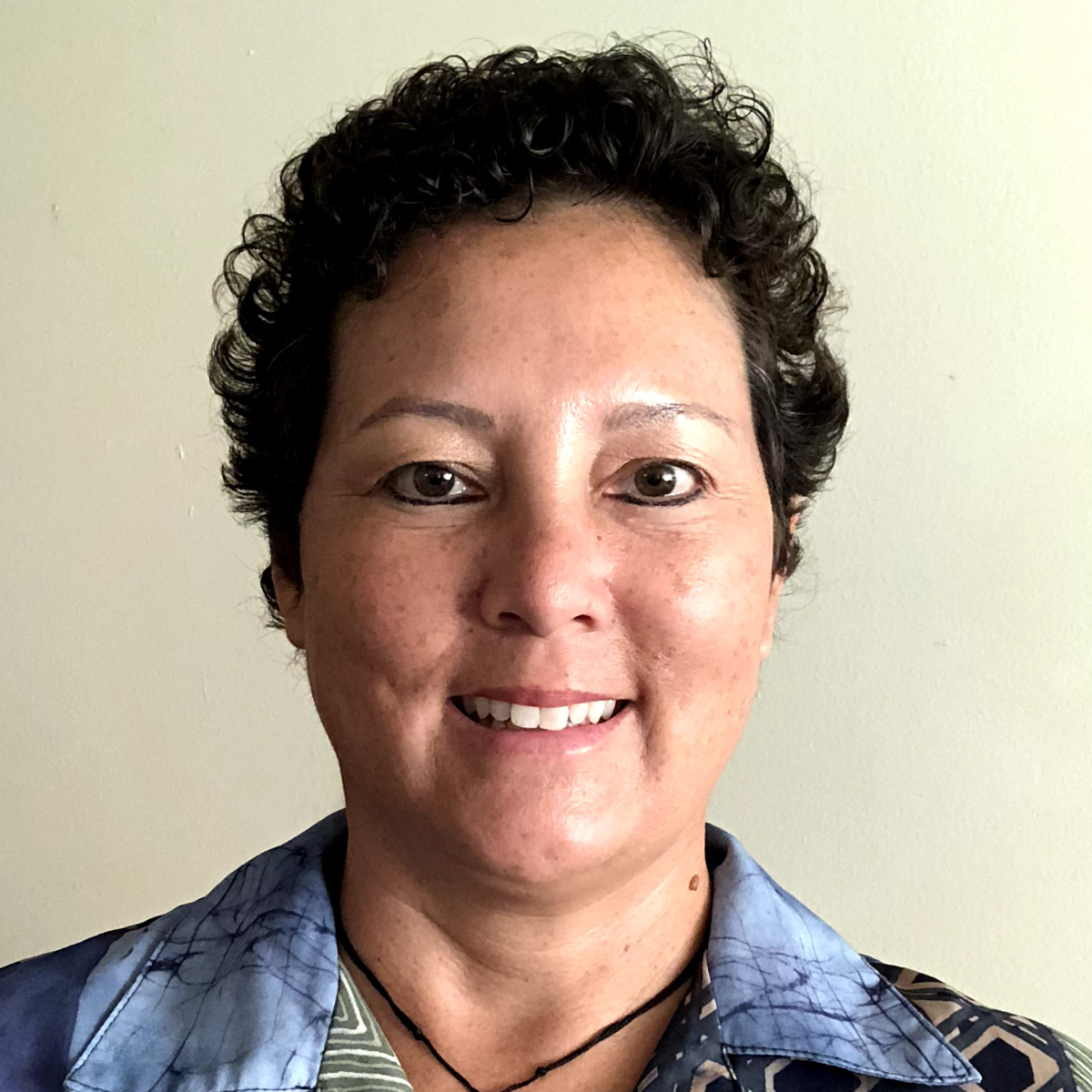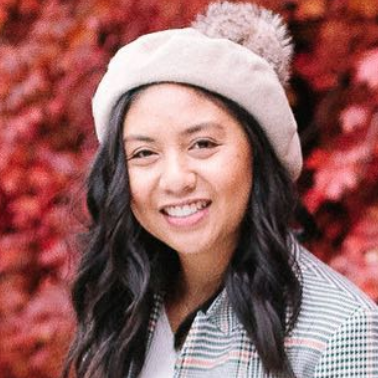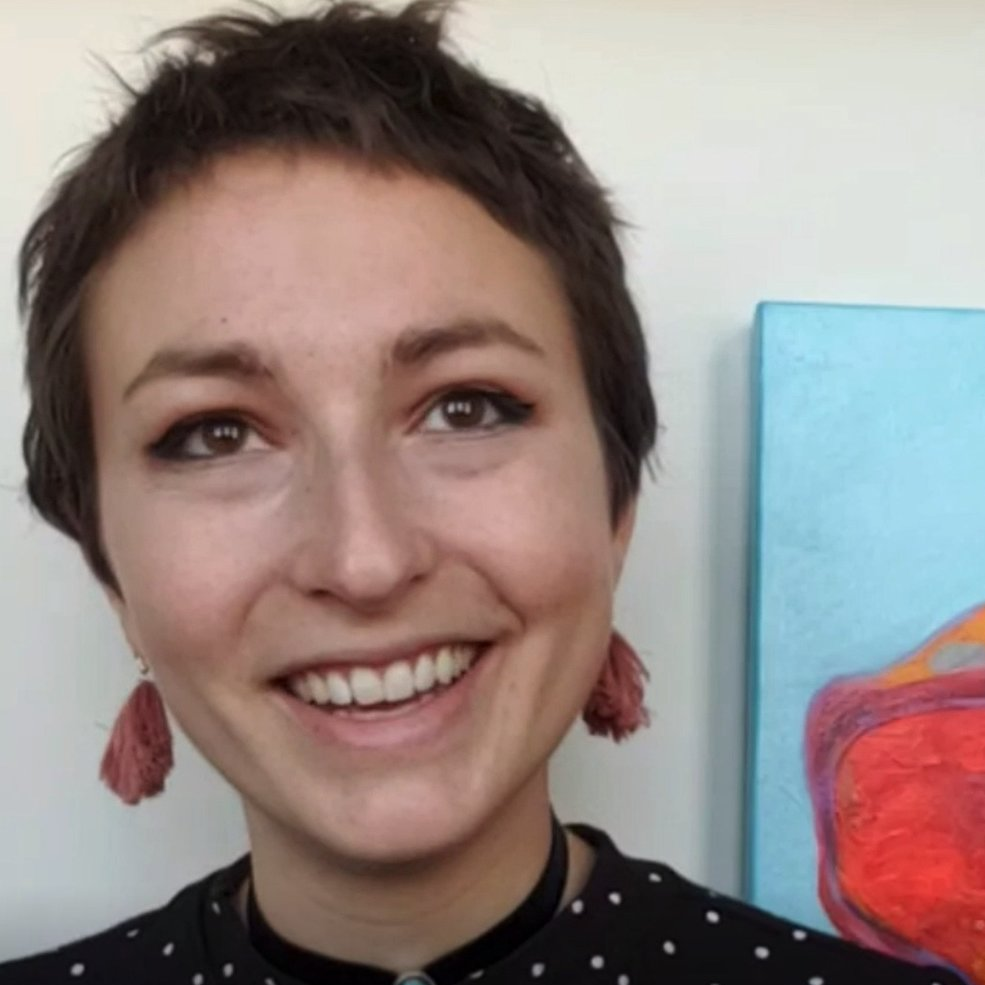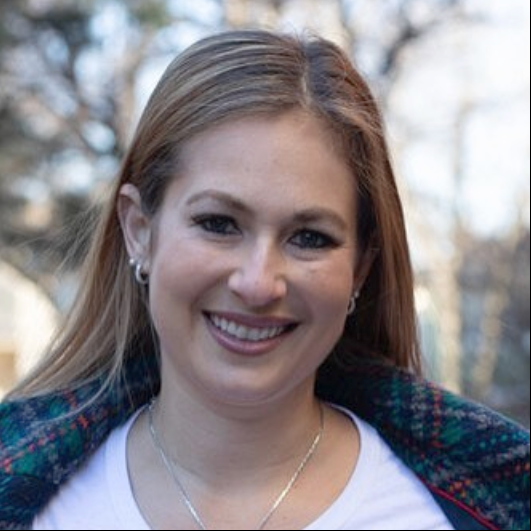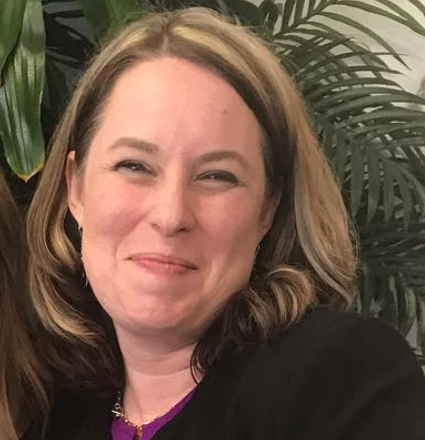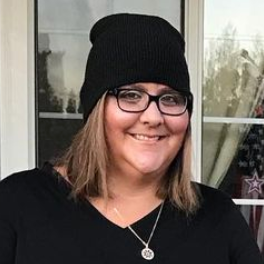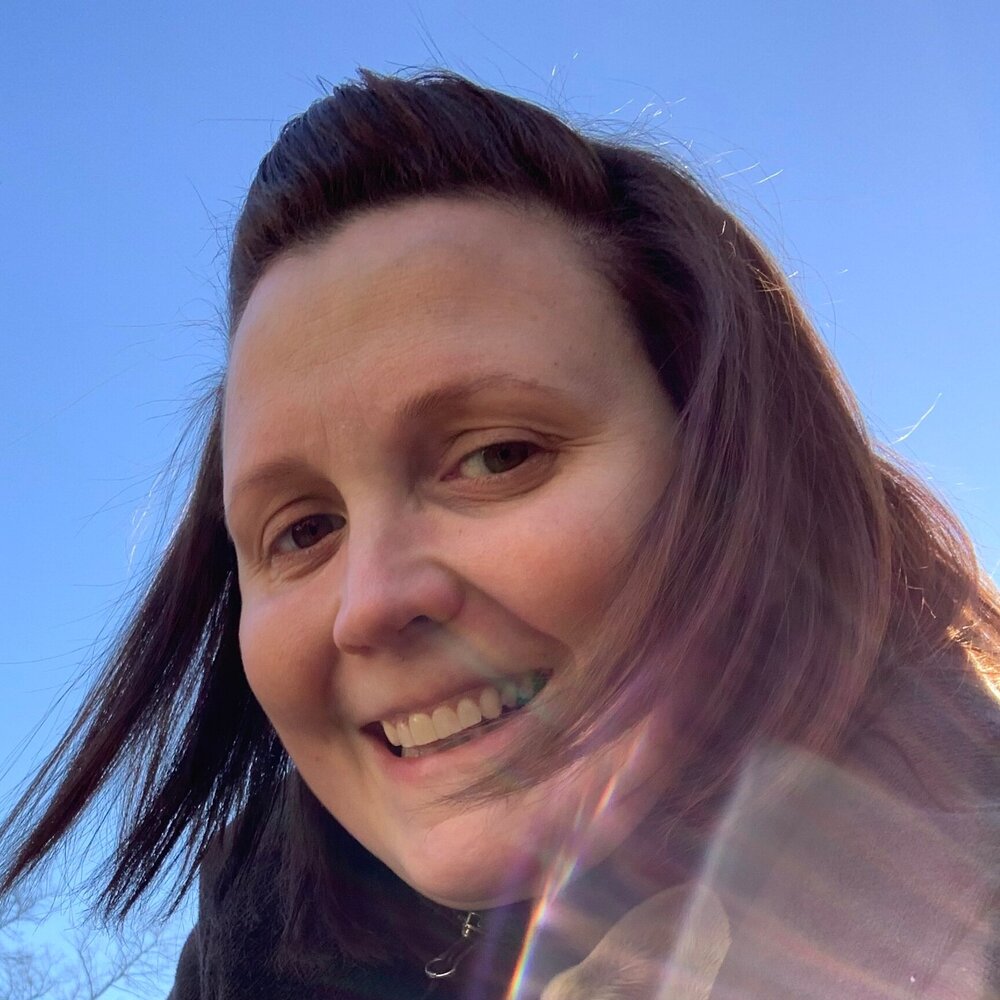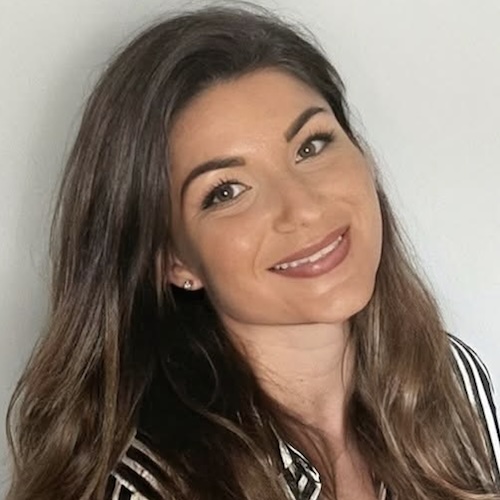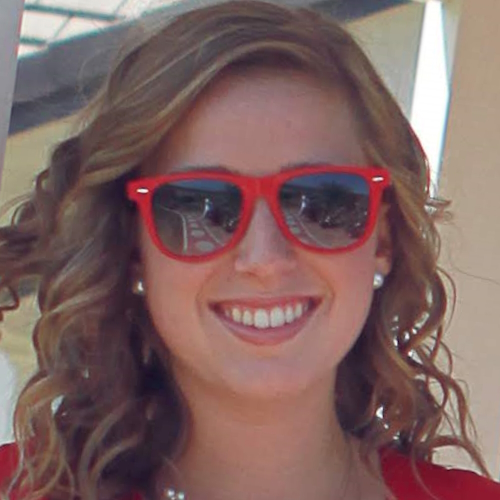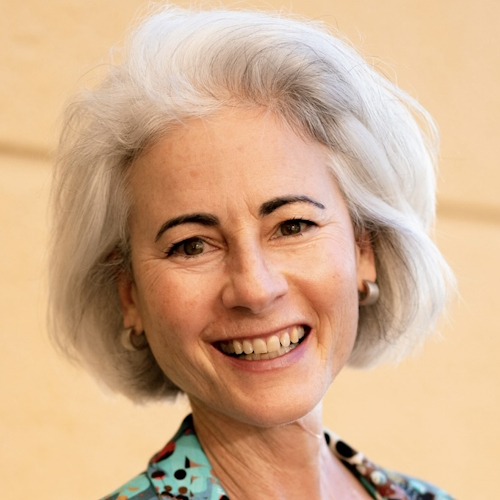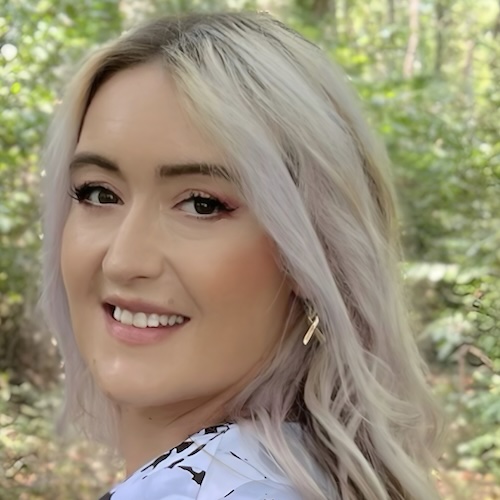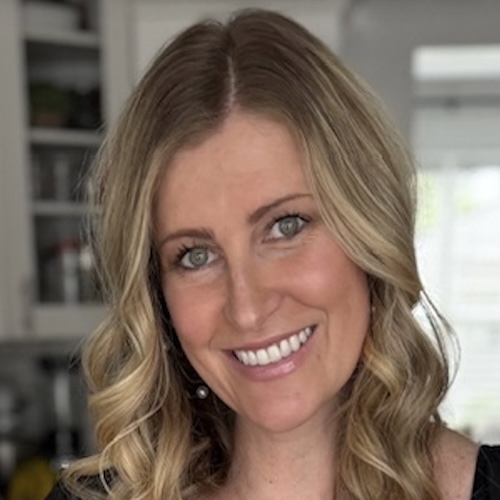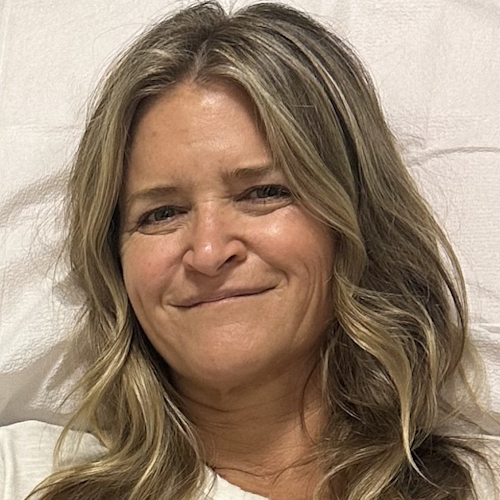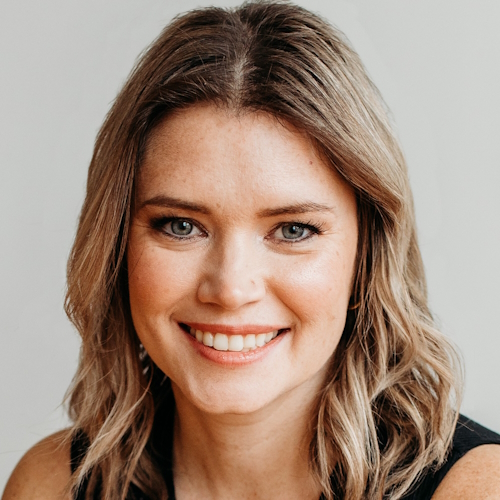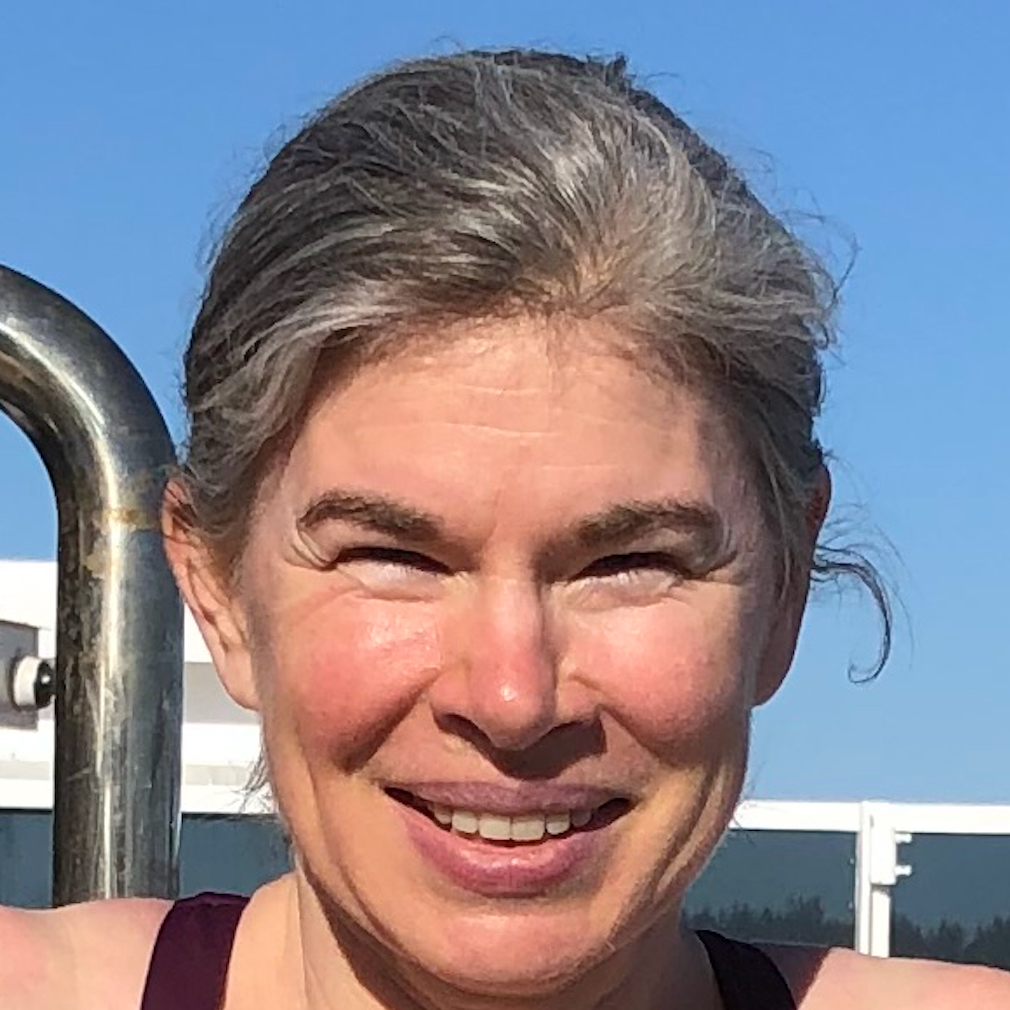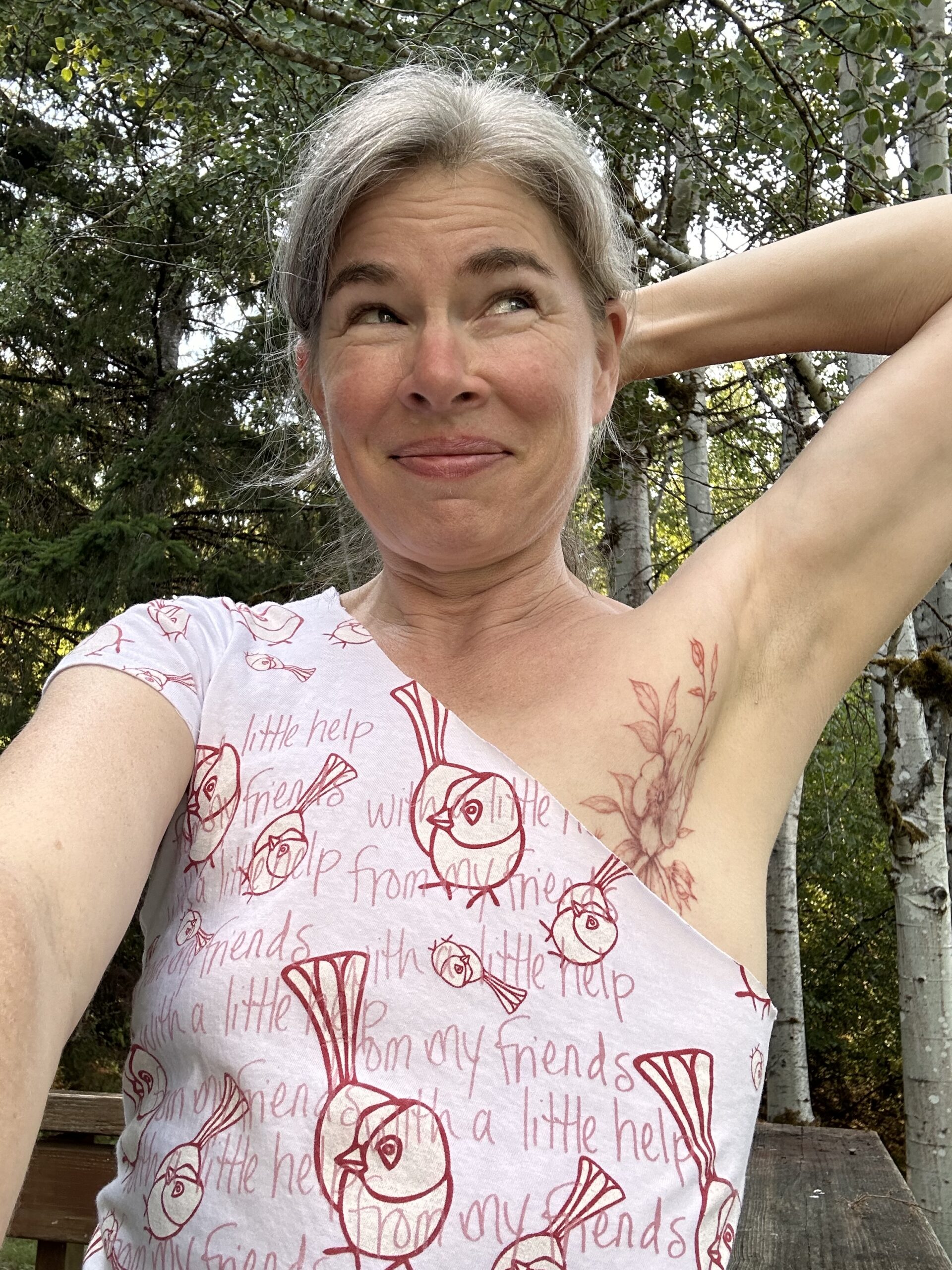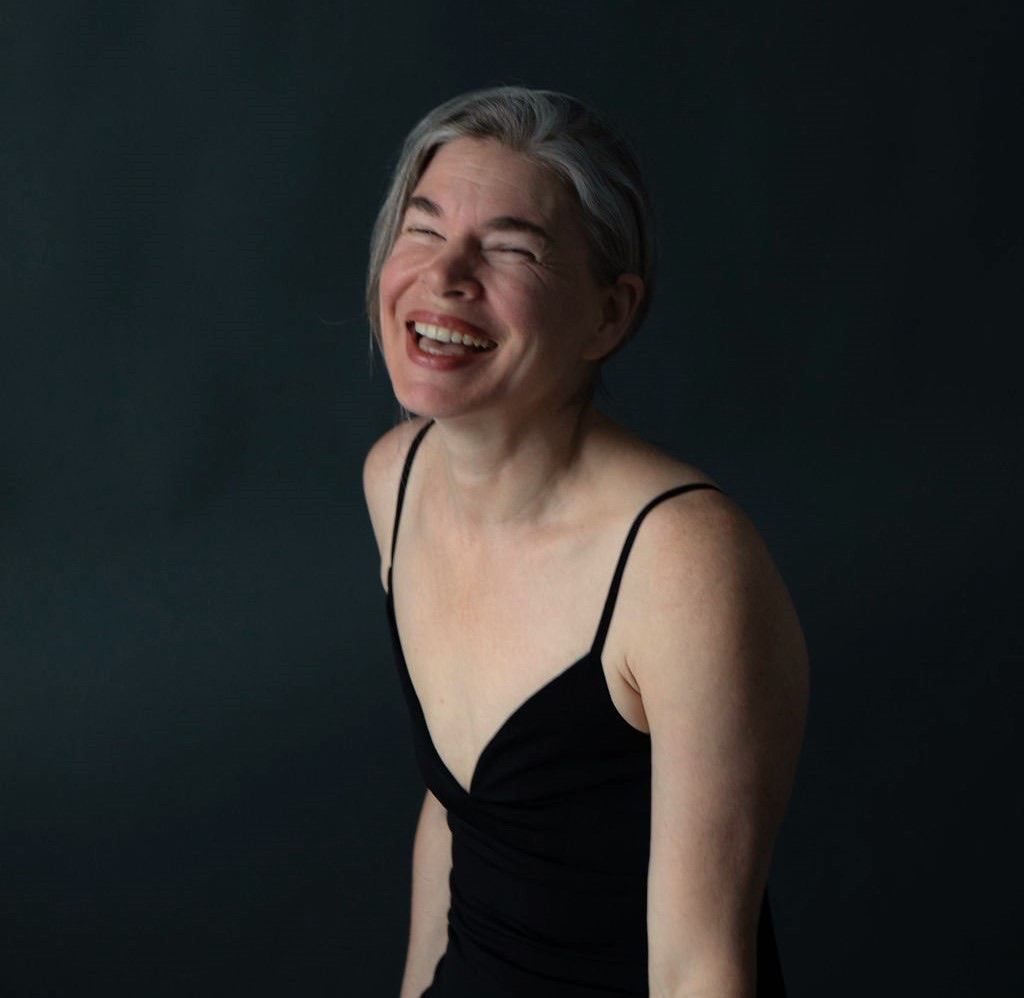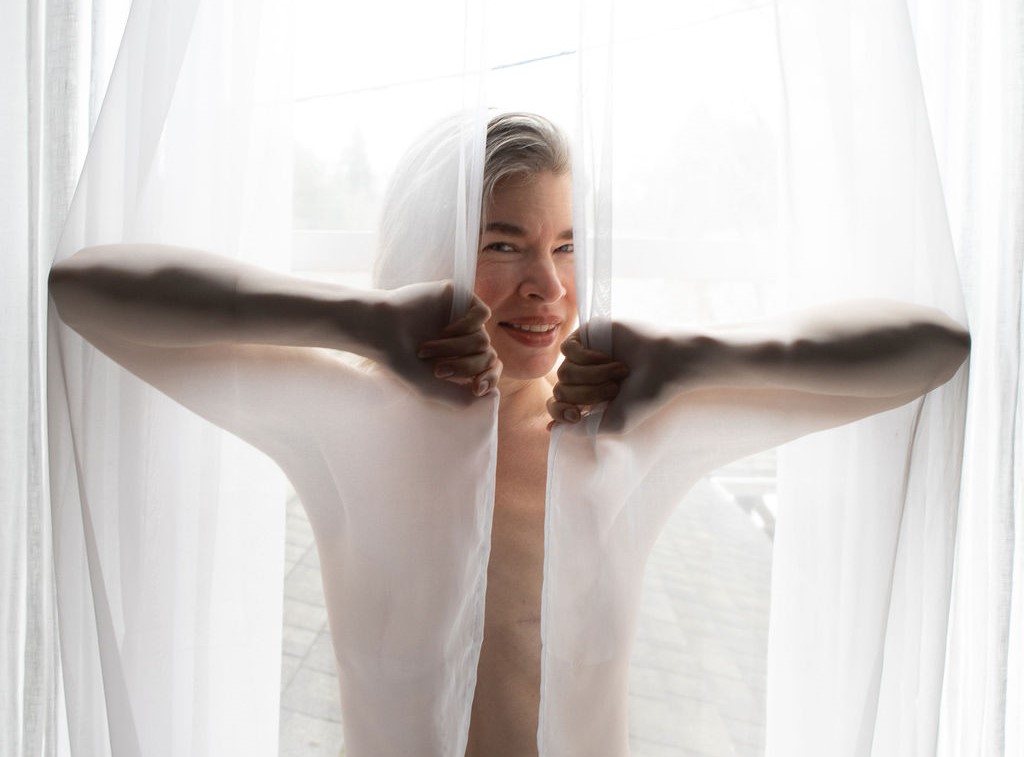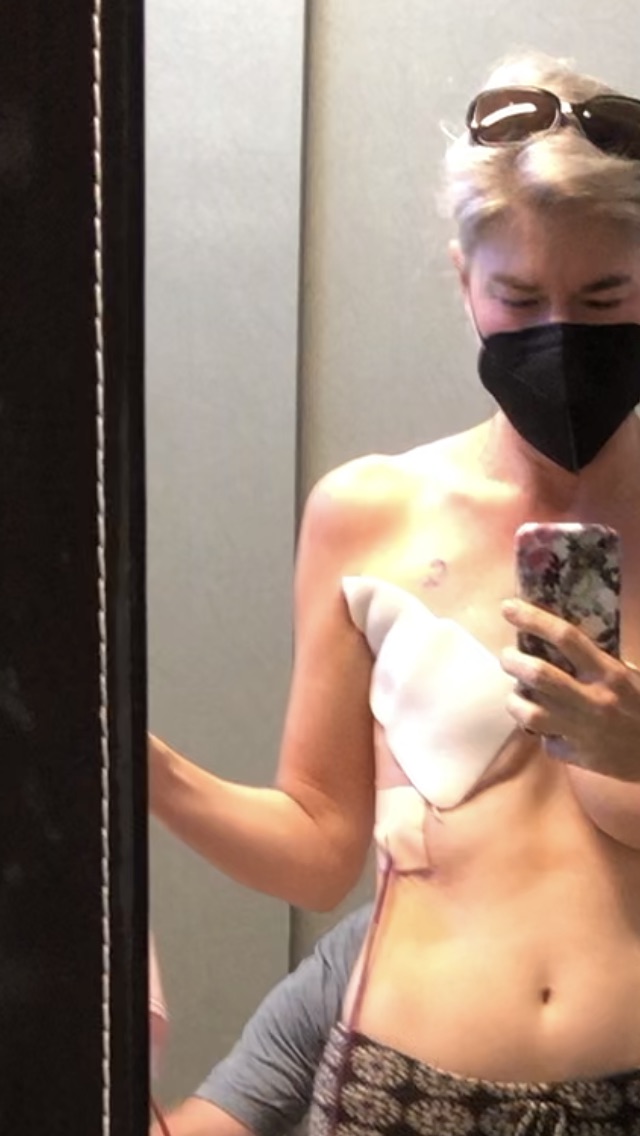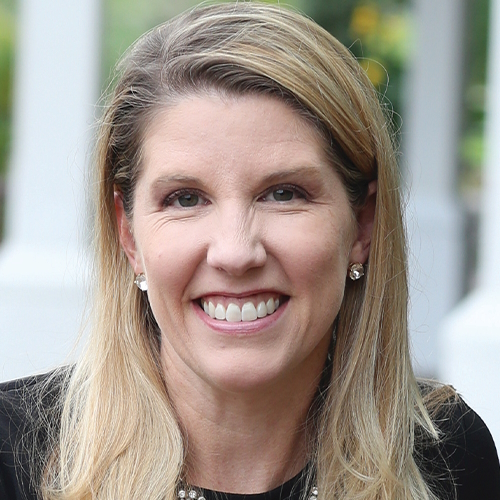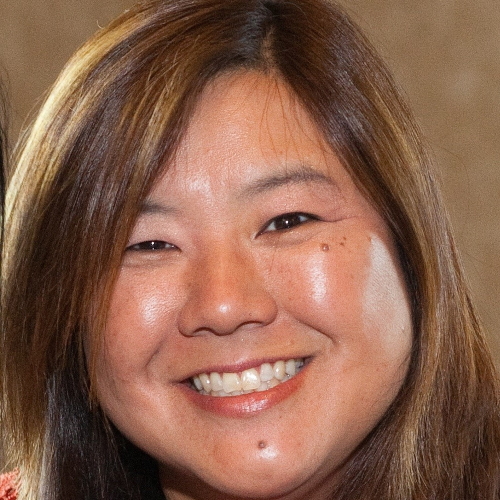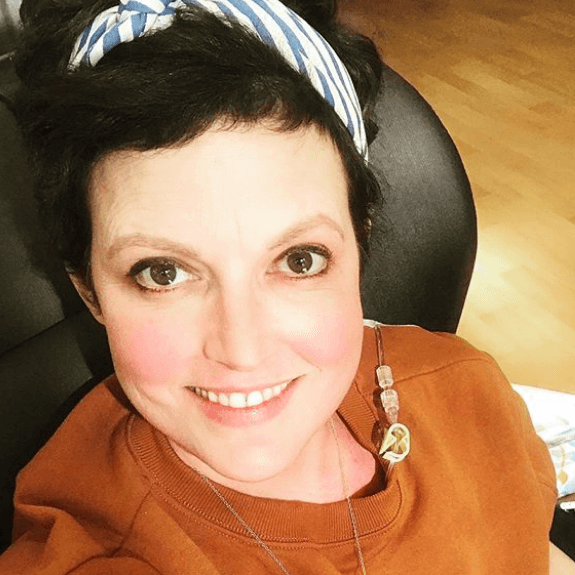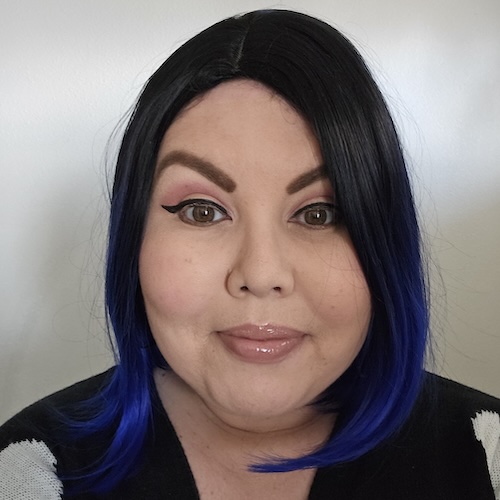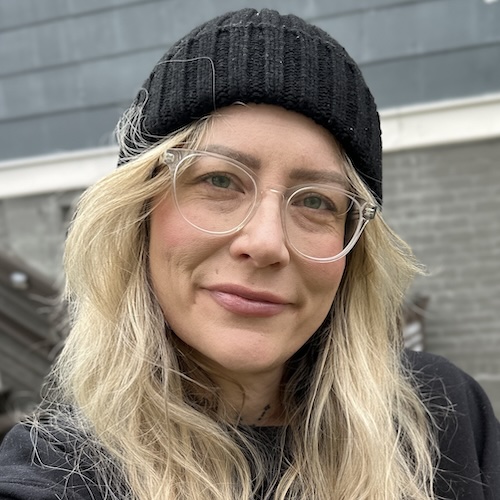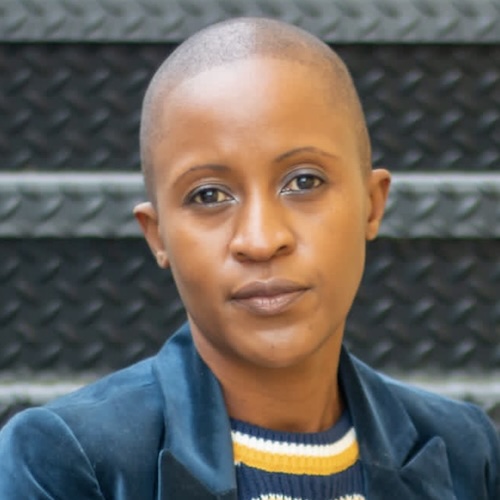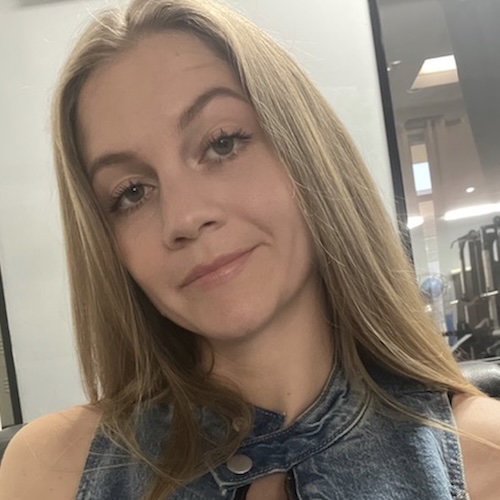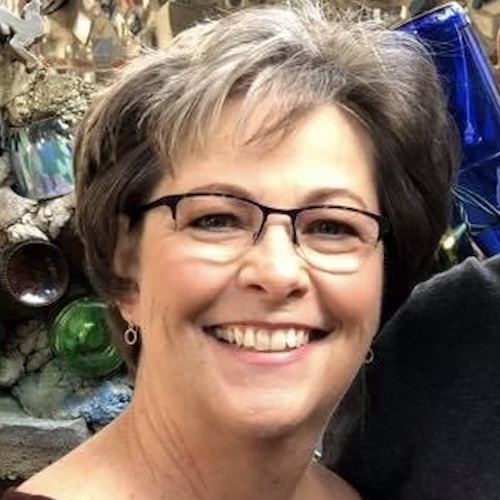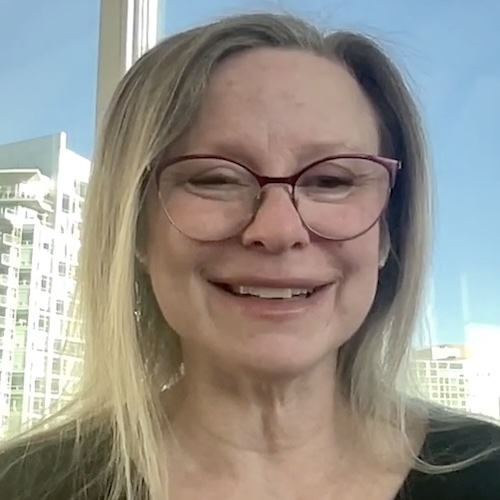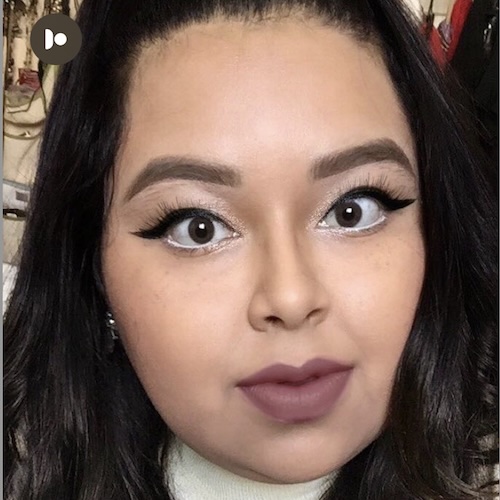Four-Time Cancer Survivor Teresa is the Definition of Perseverance and Hope through Melanoma, Lip, and Breast Cancer
When Teresa B. talks about her experience with cancer, she doesn’t tell just one story. She’s faced several diagnoses over the years including lip cancer, breast cancer (twice), and melanoma. Through it all, she’s learned what it means to stay resilient and keep moving forward with purpose.
Interviewed by: Nikki Murphy
Edited by: Chris Sanchez & Jeff Forslund
Teresa’s first diagnosis came in 2008. What started as a small, persistent spot on her lip turned out to be lip cancer — news that came out of nowhere and upended her life during an already difficult time. The surgery to remove the tumor left visible scars, but it also marked the beginning of something else: her journey toward self-advocacy and learning how to speak up for herself in a complicated medical world. Several years later, Teresa faced a new challenge, breast cancer.
Teresa recalls the paralyzing fear and uncertainty of getting her breast cancer diagnosis, amplified by her family’s history yet absence of genetic markers. Working closely with her care team, she chose a bilateral mastectomy with immediate reconstruction, facing the decision to remove her breasts as both difficult and transformative. Her journey was anything but linear; she experienced significant side effects from her hormone therapy drug, including strokes and heart arrhythmia, which forced her to discontinue the medication. Brain surgery and ongoing health challenges complicated her path, yet she remained determined to stay alive.
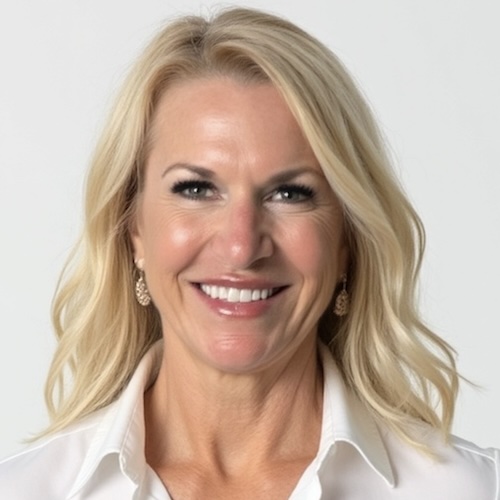
Her breast cancer recurred, manifesting across her chest wall, which required intensive radiation therapy. The emotional weight of treatment and frequent appointments was heavy, but Teresa’s support network, especially her girlfriends, provided laughter and comfort. Each checkup brought anxiety, but also relief and gratitude for additional years without disease. Not long after celebrating remission, Teresa faced a melanoma diagnosis. Early intervention and surgery proved effective, resulting in a long-term, cancer-free stretch.
Today, Teresa views life through the lens of breast cancer survivorship, one that involves routine monitoring, speaking up for herself and others, and taking time to reflect on how cancer has shaped who she is. The experience has fueled her commitment to supporting others by launching a podcast and sharing her story publicly. Teresa’s motto, “Not today, Life,” and her message of hope, resilience, and self-advocacy resonate with fellow patients and families. She asserts that while the fear may linger, community, laughter, and a determination to pursue purpose make survivorship more than just an absence of disease; it’s a journey of self-discovery and ongoing renewal.
Watch Teresa’s video and read through the transcript of her interview to learn more about:
- Her transformation: From shock and fear to empowerment, Teresa now finds purpose by raising her voice and supporting others
- How early detection and acting on subtle symptoms, like changes to the breast, can make a crucial difference
- The significance of emotional recovery. It’s as significant as physical recovery, especially when facing body changes and identity shifts
- How crucial it is to have a strong support network during treatment and recovery, particularly friends who nurture joy and laughter
- A universal truth: Self-advocacy and persistence matter. Patients can and should speak up for their needs throughout the cancer experience
- Name: Teresa B.
- Diagnosis:
- Lip Cancer
- Breast Cancer (Recurrent)
- Melanoma
- Age at Diagnosis:
- Lip Cancer: 43
- Breast Cancer: 48 (Recurrence: 53)
- Melanoma: 54
- Symptoms:
- Lip cancer: chapped lips and appearance of a persistent pimple-like growth on lip
- Breast cancer: swollen and enlarged left breast and appearance of lump (Recurrence: appearance of another lump)
- Melanoma: none (discovered during routine skin exam)
- Treatments:
- Surgeries: bilateral mastectomy with reconstruction, lumpectomy, craniotomy, Mohs surgery, wide local excision
- Hormone therapy
- Radiation therapy
This interview has been edited for clarity and length. This is not medical advice. Please consult with your healthcare provider to make informed treatment decisions.
The views and opinions expressed in this interview do not necessarily reflect those of The Patient Story.
- My name is Teresa
- First signs of cancer: my lip cancer diagnosis
- Five years later: breast cancer strikes
- Understanding my treatment options
- The side effects I experienced
- Emotional recovery: losing my breasts and identity
- My genetic testing and family concerns
- Breast cancer recurrence: discovering and treating a new tumor
- Melanoma diagnosis: another battle
- Long-term monitoring and survivorship
- Where I found support
- My message of hope
My name is Teresa
I live in Massachusetts. I was diagnosed with breast cancer in 2013.
I’m a four-time cancer survivor. My friends and family would describe me as a go-getter and a warrior. I continually strive to achieve the goals I set for myself. I love traveling, especially overseas. Experiencing different cultures and authentic local foods is
something I value. The food in Europe is so much cleaner and purer compared to what we get in the United States.
First signs of cancer: my lip cancer diagnosis
In 2008, during the financial crisis, I lost my job in the tech industry. I started training individuals outdoors in California. My lips were always chapped, and one day I noticed a bump that looked like a pimple. The pain was intense, and my esthetician advised me to see a doctor. After a biopsy, they called to tell me I had lip cancer. I received Mohs surgery, and by the end, my lip was swollen, and I was shocked by the recovery process.
Five years later: breast cancer strikes
I never thought the cancer would come back. When I was diagnosed with breast cancer, I noticed my left breast looked larger. I felt a hard mass, not a lump, which was concerning. My doctor immediately sent me for a mammogram and biopsy, confirming
breast cancer.
Understanding my treatment options
I met with oncologists and surgeons to determine treatment. Options included lumpectomy, bilateral mastectomy, and reconstruction with implants. My family has a history of breast cancer with no genetic traces, so I chose a bilateral mastectomy with immediate reconstruction.
The side effects I experienced
My cancer was hormone receptor-positive but non-reactive to chemotherapy according to the Oncotype DX test. I started tamoxifen but soon developed severe side effects, including strokes and heart arrhythmia. Eventually, I required brain surgery for aneurysms and had to discontinue tamoxifen.
Emotional recovery: losing my breasts and identity
Deciding to remove my breasts was difficult. The moment I saw my reconstructed chest, I cried — it was better than expected but still an emotional loss. Later, getting implants restored a sense of identity for me as a woman.
My genetic testing and family concerns
Early on, genetic testing screened for 138 different genes; all were negative. My father died of colon cancer, but I had no hereditary indicators. I was relieved that my three sons wouldn’t inherit any cancer genes.
Breast cancer recurrence: discovering and treating a new tumor
Five years after initial recovery, I discovered a new mass. Extensive testing showed cancer across my chest wall, treated with three months of radiation. Radiation was intense and led to depression, but subsequent scans show I’m six years cancer-free.
Melanoma diagnosis: another battle
In 2019, soon after celebrating the end of treatment with friends, I was diagnosed with melanoma. Early intervention and surgery were successful, and I’ve had no recurrence for six years.
Long-term monitoring and survivorship
Ongoing monitoring includes manual exams and scans. Frequent checks are necessary, but I am moving towards yearly appointments. Survivorship means finding purpose, especially through my podcast and writing — a way to heal myself and inspire others.
Where I found support
My support network of girlfriends was essential. They attended appointments, hosted slumber parties, and helped me find laughter and normalcy during the hardest times.
My message of hope
Hope means you can rise above anything. If you want something badly enough, you’ll achieve it. My motto is: ‘Not today, Life.’ Never give up on yourself, bring in friends who bring joy, and always advocate for your health.

Inspired by Teresa's story?
Share your story, too!
More Breast Cancer Stories
Amelia L., IDC, Stage 1, ER/PR+, HER2-
Symptom: Lump found during self breast exam
Treatments: TC chemotherapy; lumpectomy, double mastectomy, reconstruction; Tamoxifen
Rachel Y., IDC, Stage 1B
Symptoms: None; caught by delayed mammogram
Treatments: Double mastectomy, neoadjuvant chemotherapy, hormone therapy Tamoxifen
Rach D., IDC, Stage 2, Triple Positive
Symptom: Lump in right breast
Treatments: Neoadjuvant chemotherapy, double mastectomy, targeted therapy, hormone therapy
Caitlin J., IDC, Stage 2B, ER/PR+
Symptom: Lump found on breast
Treatments: Lumpectomy, AC/T chemotherapy, radiation, hormone therapy (Lupron & Anastrozole)
Joy R., IDC, Stage 2, Triple Negative
Symptom: Lump in breast
Treatments: Chemotherapy, double mastectomy, hysterectomy
Callie M., IDC, Stage 2B, Grade 2, ER+
Cancer Details: ER positive = estrogen receptor positive
1st Symptoms: Dimpling/lump found on breast
Treatment: Mastectomy, AC/T chemotherapy, hysterectomy, reconstruction
Monica H., IDC, Stage 2B & Undifferentiated Pleomorphic Sarcoma
Symptoms: Tightness and lump in left breast
Treatments: Chemotherapy, radiation, surgery
Stefanie H., IDC, Stage 3, Triple-Positive
Symptom: Lump in the breast
Treatments: Chemotherapy, surgery (lumpectomy), radiation
More Head and Neck Cancer Stories
Vikki F., Head and Neck Cancer (Nasal Squamous Cell Carcinoma)
Symptoms: Nosebleeds that persisted for years, nose changed in shape, nasal pain, migraines
Treatments: Surgeries (subtotal rhinectomy, reconstruction surgery including radial forearm free flap, bone grafts, and cartilage), chemoradiation
...
Alyssa N., Adenoid Cystic Carcinoma
Symptoms: Persistent jaw pain, lightning-like facial pain during the first bite of meals
Treatments: Surgery (tumor removal), radiation
...
Eva G., Oral Cancer, Stage 4
Symptoms: Sore on the tongue, which caused pain during eating and speaking; changes in the color and texture of the tissue where the sore was located
Treatments: Surgery (partial glossectomy, radical neck dissection, reconstruction), radiation
...
Teresa B., Recurrent Breast Cancer (Hormone-Positive), Oral Cancer (Lip Cancer), and Skin Cancer (Melanoma)
Symptoms: Lip cancer: chapped lips & a pimple-like growth on lip, breast cancer: enlarged left breast with lump, melanoma: none
Treatments: Surgeries (bilateral mastectomy with reconstruction, lumpectomy, craniotomy, Mohs, surgery, wide local excision), hormone therapy, radiation therapy
...
Kandi B., Adenoid Cystic Carcinoma, Stage 3
Symptoms: Fatigue, headaches, depression, occasional feeling of tongue being on fire or inflamed, appearance of tumor on salivary gland on tongue
Treatment: Surgery
...
More Melanoma Stories
Brittanny G., Skin Cancer (Melanoma), Stage 3A
Symptoms: Mole that enlarged, changed shape, and became dry, patchy, and flaky, fatigue
Treatments: Surgeries (wide local excision, lymphadenectomy), immunotherapy
...
Teresa B., Recurrent Breast Cancer (Hormone-Positive), Oral Cancer (Lip Cancer), and Skin Cancer (Melanoma)
Symptoms: Lip cancer: chapped lips & a pimple-like growth on lip, breast cancer: enlarged left breast with lump, melanoma: none
Treatments: Surgeries (bilateral mastectomy with reconstruction, lumpectomy, craniotomy, Mohs, surgery, wide local excision), hormone therapy, radiation therapy
...
Jennifer M., Melanoma, Stage 4 (Metastatic)
Symptom: Persistent cough, body and chest aches and pains, night sweats, fatigue
Treatments: Immunotherapy, surgeries (lung resection, pericardiectomy)
...
Cheyenne E., Melanoma, Stage 3B
Symptom: Itchy mole on her back that changed in appearance
Treatments: Surgeries (wide local excision, sentinel lymph node biopsy, lymph node removal), immunotherapy
...
Robin A., Melanoma, Stage 4
Symptom: Appearance of a small bump on the chest
Treatments: Chemotherapy and immunotherapy (under a clinical trial)
...
Megan S., Melanoma, Recurrent (Stage 1A & Stage 4)
Symptoms: New mole, cough, wheezing, chest pain, back pain
Treatments: Surgeries (mole excision, reconstructive surgery, thoracic surgery), immunotherapy, targeted therapy (BRAF inhibitors, MEK inhibitors), radiation therapy
...

